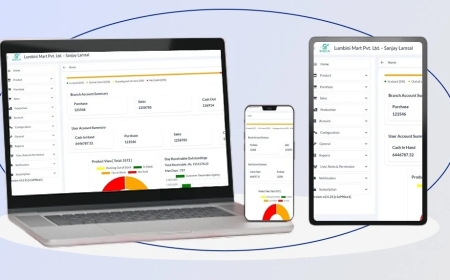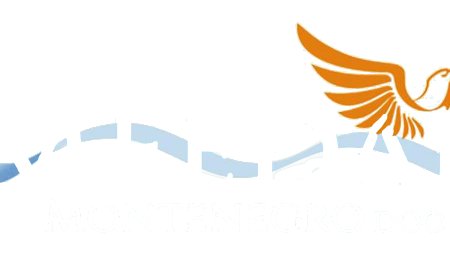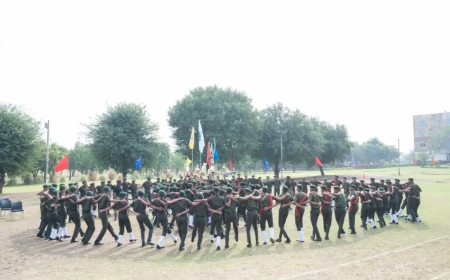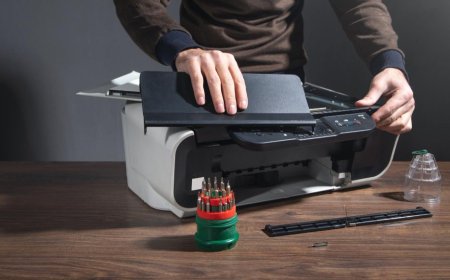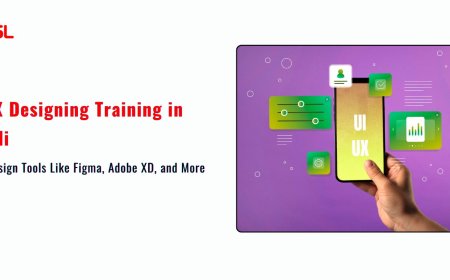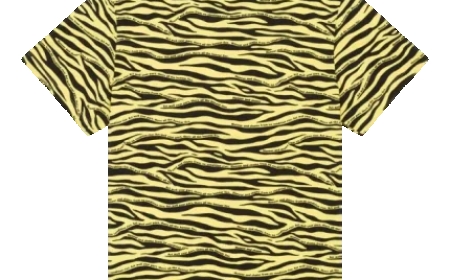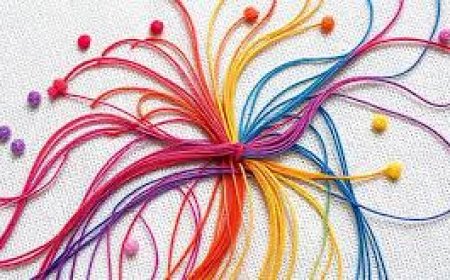How to Effortlessly Convert Your Logo to an Embroidery File
This guide will walk you through the process step by step—no fancy jargon, no confusing tech talk, just straightforward advice to convert logo to embroidery file.

So, youve got a logo, and you want to stitch it onto a hat, shirt, or bag. Sounds simple enoughuntil you realize that embroidery machines dont just magically understand your JPEG or PNG file. They need a special kind of file, usually a PES, DST, or EXP, which contains all the instructions for the needle and thread.
If youre staring at your logo wondering how to turn it into something an embroidery machine can actually use, dont worry. This guide will walk you through the process step by stepno fancy jargon, no confusing tech talk, just straightforward advice to convert logo to embroidery file.
Why You Cant Just Upload Any Image to an Embroidery Machine
First things first:embroidery is not printing.When you print a logo, the ink sits on top of the fabric. But embroidery is a physical processthread gets stitched into the material, layer by layer. That means tiny details, gradients, and super-thin lines often dont translate well.
An embroidery file isnt just a pictureits aset of commandstelling the machine:
- Where to move the needle
- What stitch type to use (satin, fill, running stitch)
- What order to stitch in
- How many stitches to make
If you try to stitch a regular image file without converting it properly, youll likely end up with a messy, tangled disaster.
Step 1: Start with the Right Kind of Logo
Not all logos are created equal when it comes to embroidery. The best designs for stitching are:
- Simple and bold(think Nike swoosh, not a detailed watercolor painting)
- High-contrast colors(gradients and subtle shading dont stitch well)
- Minimal tiny text(small letters can turn into an unreadable blob)
If your logo has a lot of fine details, you might need tosimplify itbefore converting. That could mean:
- Removing tiny text and replacing it with thicker fonts
- Combining similar colors to reduce thread changes
- Thinning out super-complex elements
Step 2: Choose Your Conversion Method
There are a few ways to turn your logo into an embroidery file:
Option 1: Use Auto-Digitizing Software
Some programs (likeSewArt, Embrilliance, or Hatch) have an auto-digitizing feature where you upload your image, and the software tries to convert it automatically.
Pros:
- Fast and easy
- Good for simple designs
Cons:
- Often needs manual tweaking
- Can look messy with complex logos
Option 2: Hire a Professional Digitizer
If you dont want to deal with the learning curve, you can pay someone onFiverr, Etsy, or a specialized digitizing serviceto do it for you.
Pros:
- High-quality results
- Saves you time
Cons:
- Costs money (usually $10-$50 per design)
- Requires back-and-forth if revisions are needed
Option 3: Learn Manual Digitizing (For Serious Hobbyists or Businesses)
If you plan to embroider often, learning to digitize yourself (with software likeWilcom or Pulse) gives you full control.
Pros:
- Best quality if done right
- No waiting for someone else
Cons:
- Steep learning curve
- Expensive software
Step 3: Preparing Your File for Conversion
Before you convert, make sure your logo isclean and optimized:
- Use a high-resolution file(PNG with transparent background is best)
- Remove unnecessary elements(backgrounds, shadows, tiny details)
- Simplify colors(fewer thread changes = smoother stitching)
Step 4: Testing and Adjusting
Even if your file looks good on screen,always stitch a test runon scrap fabric. Common issues you might find:
- Puckering(too many stitches in one areareduce density)
- Gaps or misaligned stitches(adjust stitch path in software)
- Thread breaks(too many jumpssimplify the design)
Step 5: Saving in the Right Format
Different machines use different file types. The most common are:
- PES(Brother, Babylock)
- DST(Industrial machines)
- EXP(Melco, Bernina)
Check your machines manual to see which format it needs.
Pro Tips for Better Embroidery Files
- Use underlay stitches They stabilize the fabric before the main stitching.
- Avoid too many color changes Each thread switch adds time and potential errors.
- Keep stitch density balanced Too dense = stiff fabric; too loose = gaps.
Final Thoughts
Converting a logo to an embroidery file isnt as hard as it seemsifyou start with the right kind of design and use the right tools. If youre just doing a one-time project, hiring a digitizer is the easiest route. But if youre serious about embroidery, learning to digitize yourself gives you the most flexibility.
Either way,always test your design firstto avoid wasting time and materials. With a little practice, youll be turning any logo into a perfect embroidered piece in no time.
Now, grab that logo, fire up your software (or find a digitizer), and get stitching!




